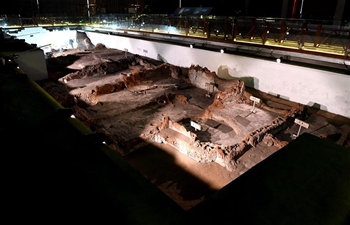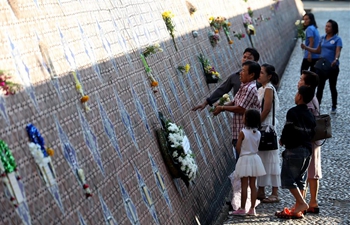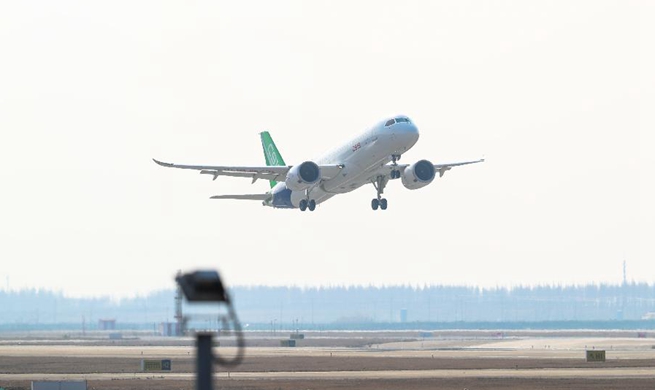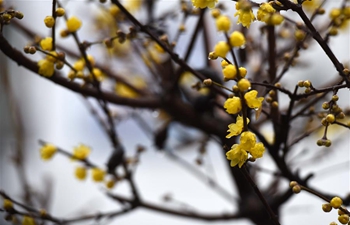BEIJING, Dec. 28 (Xinhua) -- The last exhibition of the National Museum of China in 2018 kicked off Friday, featuring the Han tombs of Mancheng, discovered in north China's Hebei Province.
In 1968, the undisturbed tombs of the Zhongshan King of the Han Dynasty (202 BC - AD 220) Liu Sheng and his wife Dou Wan, were accidentally found during a defense construction project, marking one of the most prominent archeological discoveries of China during the 20th century.
Liu was an elder brother of Emperor Wu, whose reign represented one of the most prosperous periods in China's history. Liu Bei, founder of the Shu state during the Three Kingdom Period (220-280), was branded as the late king's descendant.
The exhibition was arranged based on Liu's life as well as the flourishing age of China at the time.
Half a century ago, excavation of the tombs lasted for 150 days, while a total of 10,633 cultural relics were found.
The exhibition showcases 722 pieces of cultural relics from Hebei's provincial museum and two pieces collected at the national museum, incorporating almost all of the most exquisite items discovered in the tombs, including Liu's jade burial suit.
Titled "Splendors of Great Han: Exhibition Commemorating the 50th Anniversary of the Excavation of the Han Dynasty Tombs in Mancheng," the exhibition lasts until March 28, 2019.

















